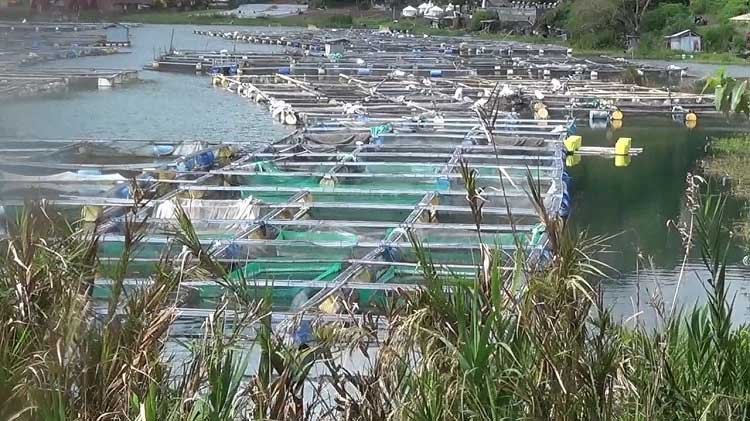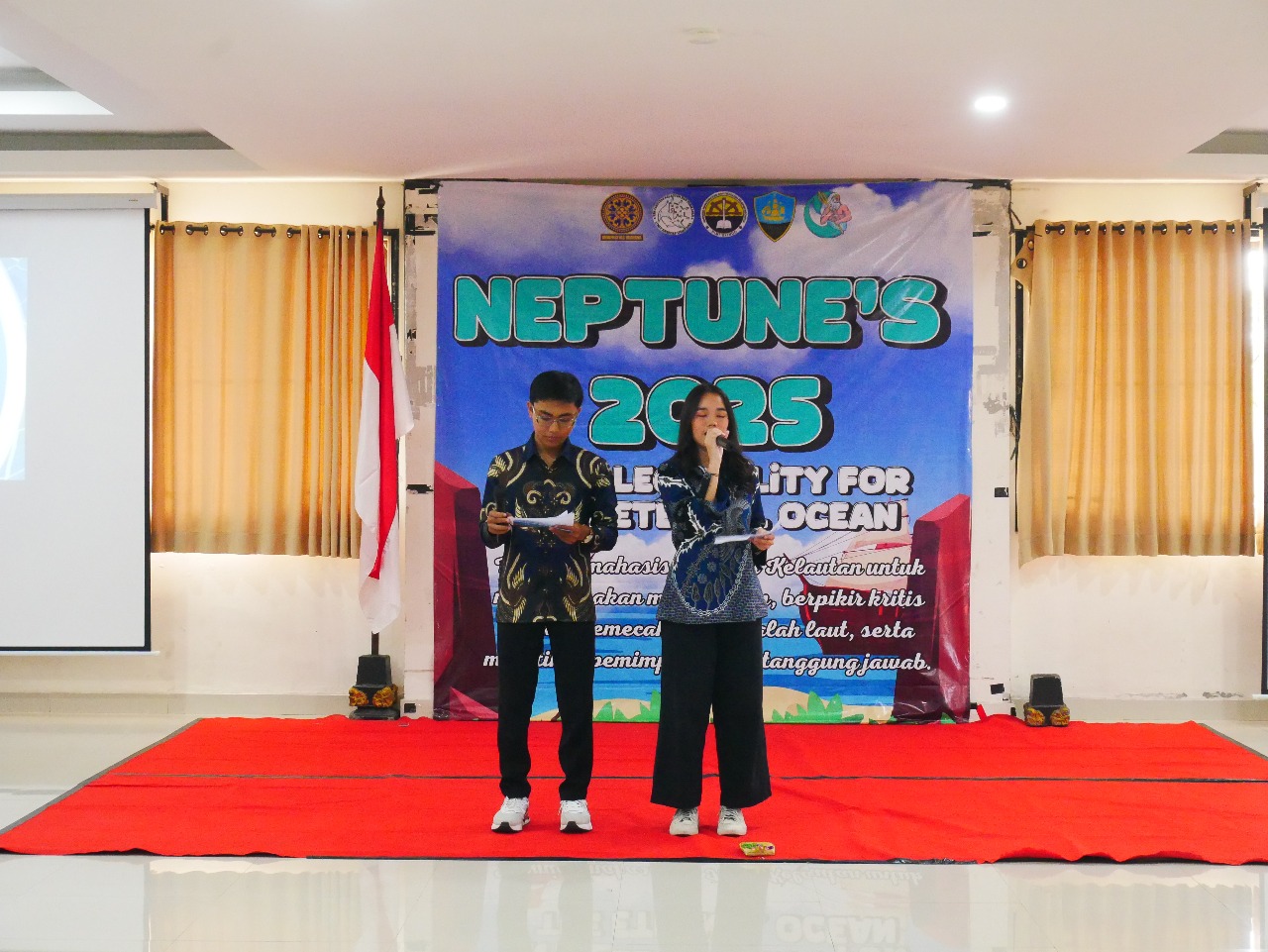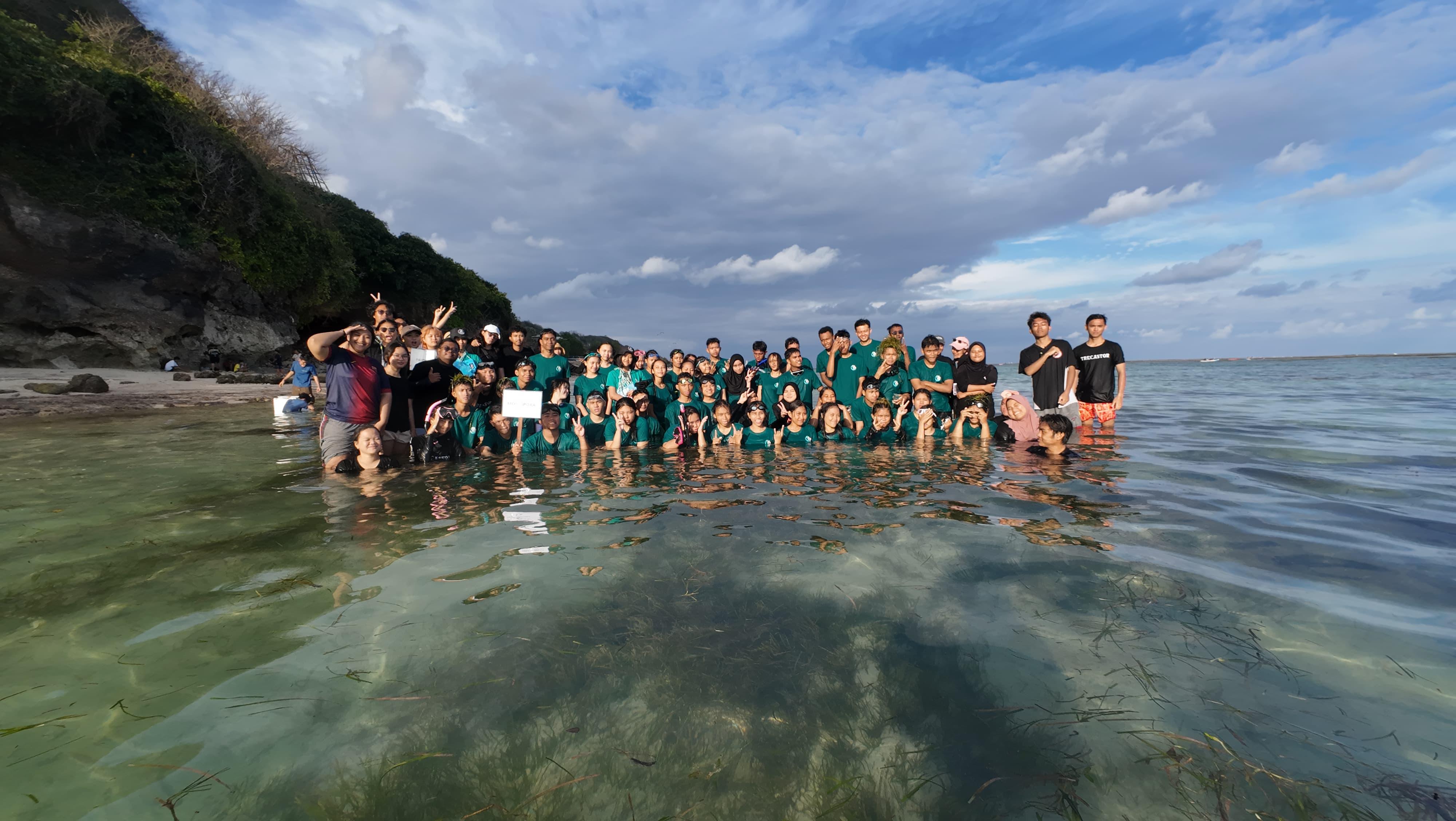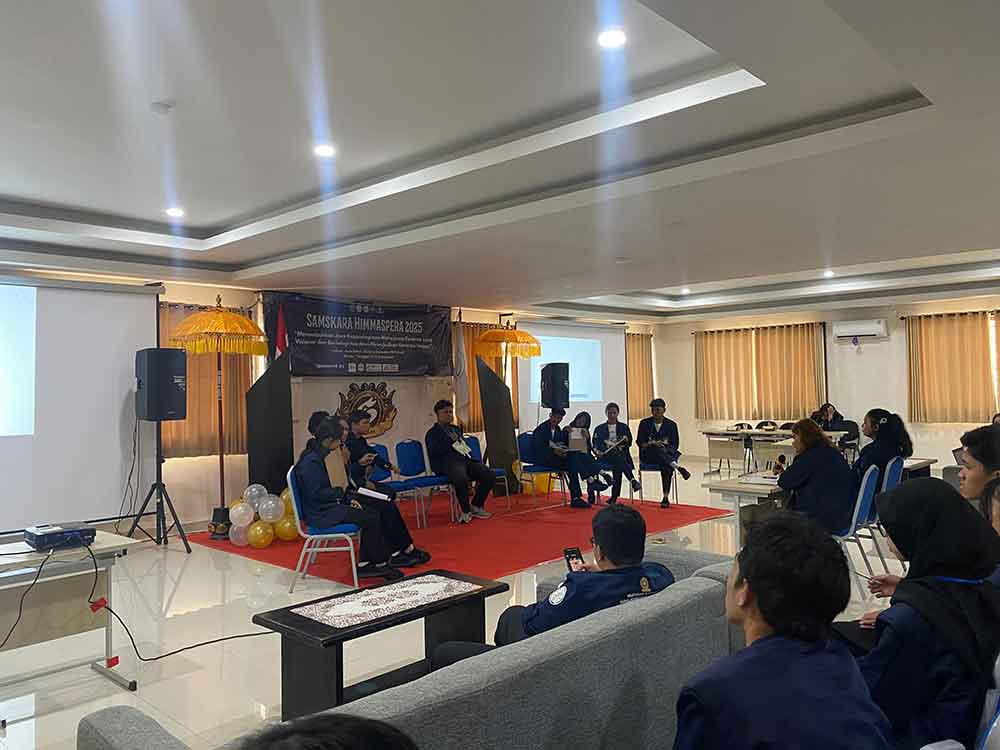Lake Batur "Speaks": Will We Hear the Warning Before the Next Disaster?
Lake Batur, Bali's largest gem, not only captivates the eye but also serves as the economic and social lifeblood for the surrounding communities.
However, behind its beauty, the lake harbors a chronic issue: mass fish deaths that occur almost every year since 2011. Records show that large-scale fish deaths struck Lake Batur in 2017, 2021, and again in 2025, forming a worrying four-year cycle pattern.
These recurring incidents are not just isolated events but a serious problem that urgently needs attention because they are linked to the natural processes of the lake that cannot be prevented but can be avoided.
This issue requires serious attention as it relates to the lake's natural activities, which cannot be prevented but can be managed. As one of the lakes with unique characteristics, Lake Batur is formed by volcanic activity and is an integral part of Mount Batur.
Its bowl-shaped structure, lacking both inlets and outlets, makes fluctuations in water levels and the chemical and physical processes within it highly dependent on environmental conditions. As a result, anything that enters the lake will accumulate at the bottom without being able to be expelled. The mass fish deaths in Lake Batur are closely linked to the upwelling or turnover process, which refers to the reversal of water masses. In short, turnover happens when the water temperature at the surface is the same or colder than the water at the bottom and is triggered by wind gusts.
Water temperature is related to the weight of water; the colder the temperature, the denser the water. When the surface water temperature is lower, the water’s density increases, causing the surface water to sink and the lighter water at the bottom to rise, replacing it.
This process brings up material that has accumulated at the bottom of Lake Batur to the surface. This is why, when mass fish deaths occur, we see a change in the water color. According to research data, materials and chemicals accumulated at the lake's bottom include nitrates, phosphates, ammonia, and sulfur.
Ammonia in high doses is highly toxic to fish, while sulfur binds oxygen in the water, causing very low oxygen levels, a condition fatal to fish.
While the turnover phenomenon cannot be prevented, we can predict it so that fish farmers in Lake Batur can avoid mass fish deaths in their aquaculture systems. One water parameter that can serve as an indicator is the lake's water temperature and wind speed.
Based on our research, the temperature profile at the bottom of Lake Batur hovers around 23°C throughout the year. Satellite imaging also shows that the surface temperature of Lake Batur is usually the coldest between June and August.
Therefore, fish farmers in Lake Batur must be vigilant when the surface water temperature reaches 23°C or lower. Based on this data, I recommend that the Bangli Regency Government, through relevant agencies, and the fish farmers in Lake Batur avoid fish farming during June to August. This means that Lake Batur needs to be "rested" from aquaculture activities during this period.
If aquaculture with Floating Net Cages (KJA) is still desired, it should be organized within an aquaculture calendar between September and May. This step will not only positively impact the health of Lake Batur but will also significantly avoid large losses for fish farmers.
By understanding the unique characteristics of Lake Batur and utilizing available research data, we will no longer simply react to recurring disasters but can take proactive steps to avoid them. This is a long-term investment in the economic sustainability of the community and the priceless preservation of the Lake Batur ecosystem.




UDAYANA UNIVERSITY